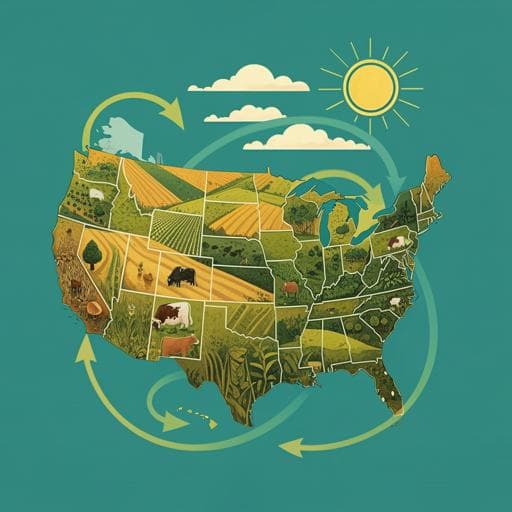
Environmental Studies and Forestry
Greenhouse gas emissions in US beef production can be reduced by up to 30% with the adoption of selected mitigation measures
R. E. O. Pelton, C. E. Kazanski, et al.
This research by Rylie E. O. Pelton and colleagues sheds light on the uneven distribution of greenhouse gas emissions from beef production in the U.S., revealing that up to 30% reduction is possible through targeted practices across regions and supply chain stages. Discover the promising avenues for emission reductions and their potential impacts.
~3 min • Beginner • English
Related Publications
Explore these studies to deepen your understanding of the subject.







